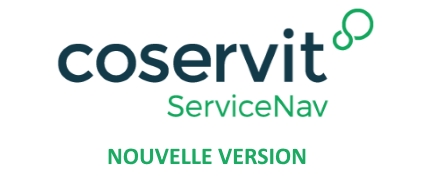More recent posts from the Servicenav team
27/3/20

ServiceNav 4.9 – New widget, SMS voice notifications, service templates
22/1/20

ServiceNav 4.8 – Graph widget improvements, new icons, service templates
10/1/20

It’s not hard to see why organizations would be attracted to open source software. Why would you pay for a comparable commercial product when, with a simple internet search you can find, download, install and use enterprise-standard tools without raising a single purchase order?
The burgeoning supply of free-to-use tools, coupled with the constant drive to control costs, means that there is much less reticence to allow such tools into an enterprise’s IT infrastructure than would have been the case in the past.
When considering open-source solutions, they are frequently found wanting in the areas of:
As these are often key requirements, additional effort and costs are also incurred to fulfill these needs. If you are an organization which uses open source solutions, then you are probably resourcing and funding in-house support and development of the solution (sometimes without even realizing it). A large operation may be able to facilitate such demands, but for smaller outfits it will be unsustainable without day-to-day activities being compromised.
Does your organization use open source products in the hope that they’re more cost effective? It might be time to take a look at the real costs and identify whether there’s a better way.
Frequently “hidden” costs and risks inherent to the use, installation and administration of open source tools include:
27/3/20

22/1/20

10/1/20
